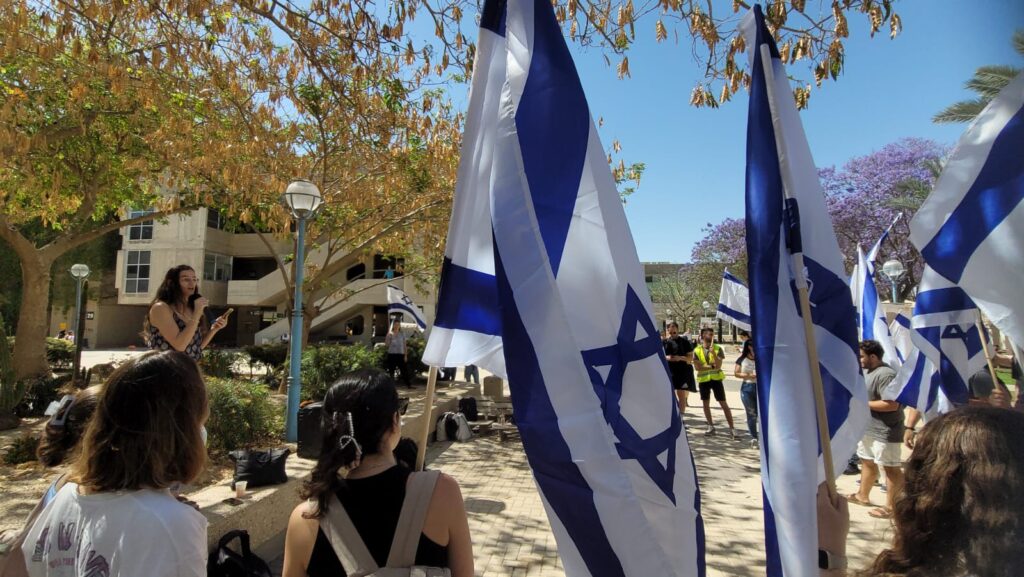
This past February, Emanuele Ottolenghi, Senior Fellow of Foundation for Defense of Democracies (FDD), spoke at an event held by Denison University‘s CAMERA – supported group DU it for Israel.
The event’s concentration on Iran’s involvement in the Syrian conflict gave students important perspective on the magnitude of events occurring beyond Israel’s borders.
The Palestinian’s lack of independence, according to Ottolenghi, is a marginal issue compared to other events in the region.
It is important for students to understand Israel’s influence in the Middle East—where it begins as well as where it ends—and to understand the powers of growing Middle Eastern forces such as Iran.
As a member of the FDD, a counterterrorism institute focusing on foreign policy and national security, Ottolenghi gave an expert overview to the students about the Iranian policy in the context of the broader Middle East. At the event, Ottolenghi explained Iran’s role in the Syrian conflict. Following his lecture, students engaged in an question-answer session and were able to fully conceptualize the conflict along with all of its complexities.

According to FDD research, Syrian President Bashar Assad’s forces combined with Iranian supporters continue to demolish rebel-held areas in order to prevent rebel power and influence over a lasting political agreement.
The Islamic Republic of Iran aims to keep Assad in power, however, simultaneously plans how to use Syrian territory should Assad fall. In essence, according to an Institute for the Study of War report, Iran’s presence in Syria is inspired entirely by self-interest, which raises a red flag—Iran’s tactics to eventually use Syrian territory could immensely increase Iran’s power and threat to the region.
Last July, Obama managed an agreement with the Iranian government in order to keep the security situation stable. Considered a “historic deal” by some, Iran promised to never seek, acquire, or develop nuclear weapons.
However, the story with Iran unfortunately did not end with this “historic agreement.”

Iran’s involvement has not even changed. Just this week, Reuters reported that Iran is still working to support the Assad regime as well as Shi’ite militia Groups. Iran’s interest for power over the region remains undisturbed.
In addition to Iran’s pursuit of tactical territory, Iran has not stopped its nuclear developments. This past February, despite a UN ban, Iran launched test missiles and completed its new Simorgh rocket. Soon after, in March, Iran went on to test two variations of their medium-range ballistic missile, Qadr. Any launch of Iran’s nuclear weapons could be catastrophic.
The FDD continues to research the Syrian conflict and expose Iran’s involvement. With over 400,000 dead and 4.9 million Syrian refugees, the Syrian conflict and Iran’s nuclear development is an exponentially great threat and concern in the Middle East.
Millions of Syrian victims are suffering as the war continues. Without an end to the conflict in Syria in sight, there is a looming threat that Iran will expand its nuclear weapons into new territory, threatening international security.
Contributed by CAMERA Intern Penina Simkovitz

